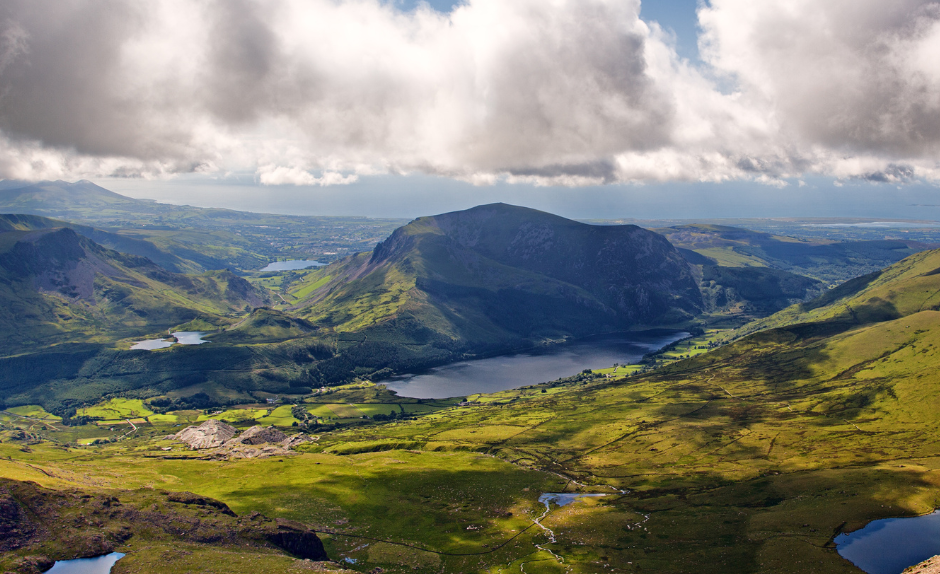When we think of Wales, we picture deep, still waters, rugged mountains, lush river valleys, and gently rolling hills. But we also hear the names the Welsh people have given to these places, names that have been spoken for centuries, shaped by memory and belonging – each one a gift of language. Within them, we find not just descriptions, but histories, mythologies, and a profound connection to the land.
As part of broader efforts to support the Welsh language, Welsh culture, and national identity, two of Wales’ three National Parks, Snowdonia and the Brecon Beacons, have been officially renamed in recent years, to Eryri and Bannau Brycheiniog, respectively.
Eryri, meaning ‘highlands,’ brings back into use the traditional name for the area, which has been in use since at least the 9th century. Academics now agree that the name derives not from eryr (eagle), as previously thought, but from the Latin, oriri, meaning ridge, rise, upland region, or highland. The plural form of oriri is ‘eryri’, whilst the plural of eryr is ‘eryrod’ or ‘eryron’.
Similarly, Snowdon, the highest peak in the mountain range, has also reverted to its original Welsh name of Yr Wyddfa. The origins of this name are unclear, but may stem from the 13th century ‘Wedduavaur ’, meaning ‘large burial mound’, referring to a stone cairn on the mountain’s summit, where legendary giant, Rhita Gawr, who reputedly met his death at the hands of King Arthur, is said to be buried.
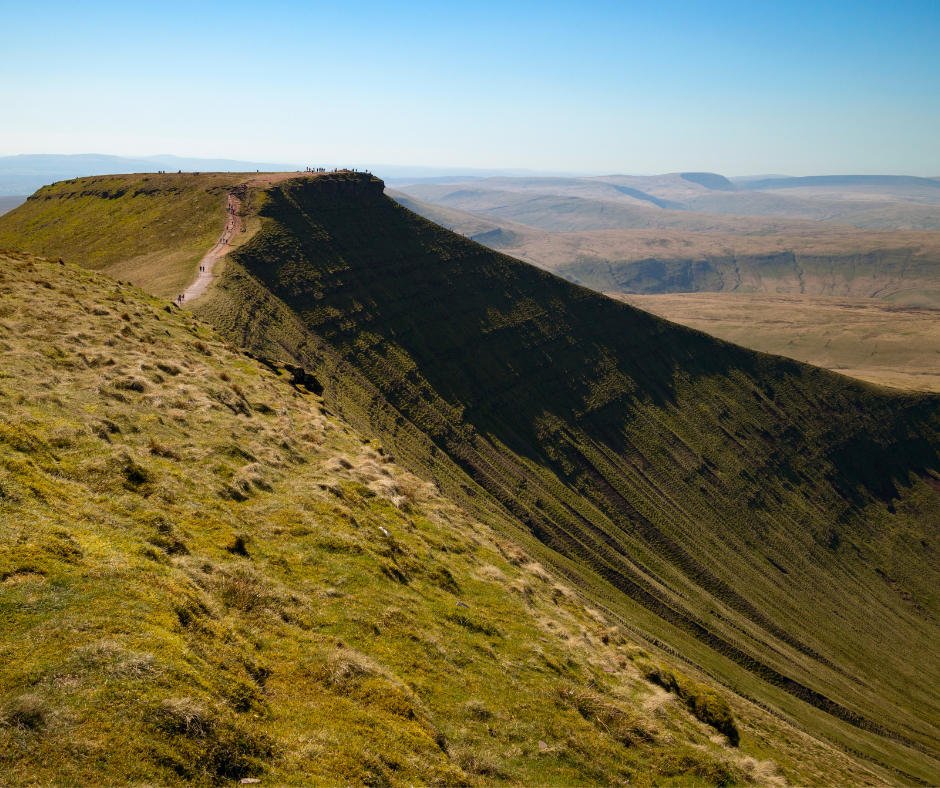
Bannau Brycheiniog spans around 520 square miles across mid and south Wales. The name translates to ‘the peaks of Brychan’s kingdom’, and references the realm ruled by the legendary Welsh prince between the years of 419 – 450 AD. He reportedly fathered between 12 and 63 children, one of whom was Dwynwen (Santes Dwynwen), the Welsh patron saint of lovers, who is celebrated on 25th January each year.
WHAT THE PAST LEAVES BEHIND
Often serving as natural descriptors of the landscape, Welsh place names offer insights into a location’s physical features, history, and environmental context.
In Flintshire, for instance, the name of Pantymwyn, translating to ‘hollow of the minerals’, speaks of the village’s mining past, with ‘mwyn’ referring to the lead ore so abundant in the region. The name of nearby Rhydymwyn, meaning ‘ford of the ore’, further illustrates the industrial history of the area.
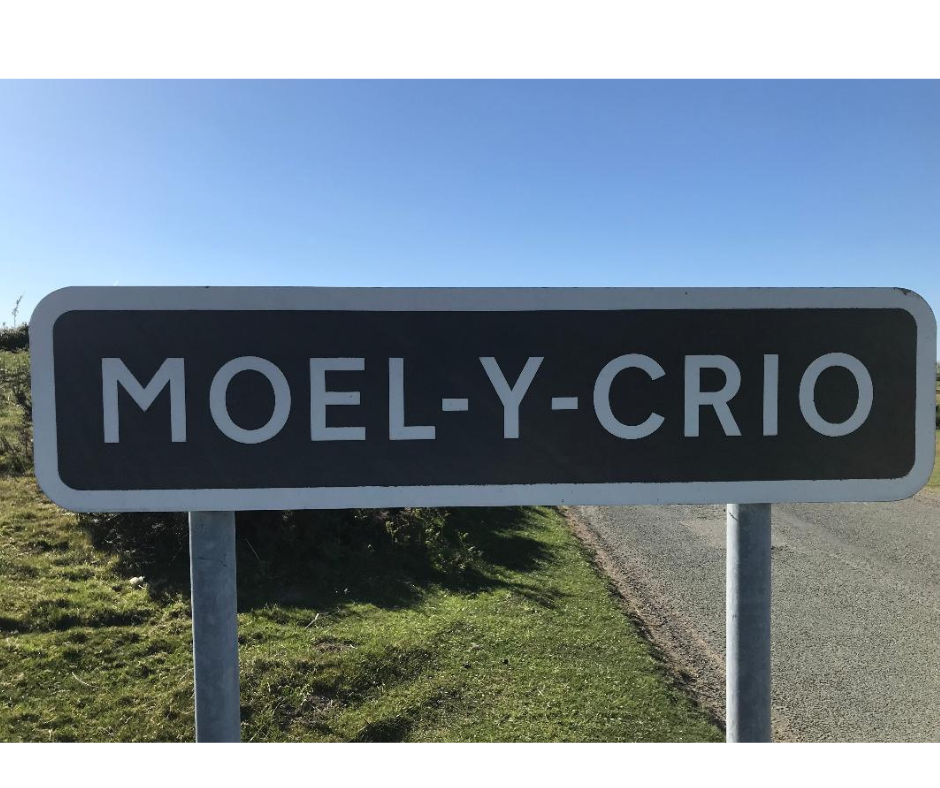
Elsewhere in Flintshire, Moel y Gaer, ‘Bare Hill of the Fort’, dating from the Bronze Age, and possibly even earlier, played a role in the Glwyndŵr Uprising during the early years of the 15th century. Nearby Moel y Crio, meaning ‘Bare Hill of the Holes’, derives its name from the earlier Moel y Creuau (creuau: holes), a reference to the area’s numerous underground fissures and shafts. However, local legends of sorrow and massacre (it is very close to Moel Y Gaer, after all) have influenced the Crio (‘to cry/weep’) attribution of the name we see today.
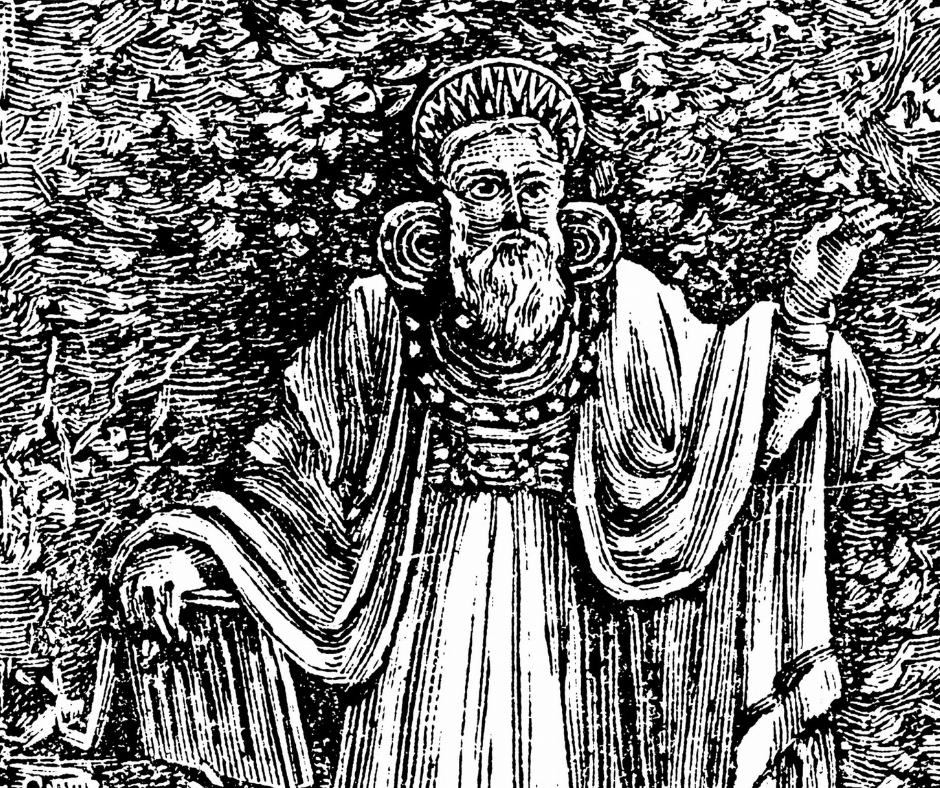
On the outskirts of the Denbigh Moors, and in an area rich in ancient archaeological remains, the village of Cerrigydrudion whispers of ancient Druidic connections. The name breaks down to cerrig (stones) and drudion (druids), suggesting it was once a site of religious or ceremonial importance, linking the village to pre-Christian Celtic culture.
And sometimes, it is the natural features of the Welsh topography which are described in strikingly poetic terms. Waun Goleugoed, near the village of Tremeirchion, for instance, translates charmingly to ‘moorland of the bright trees’, while Llyn Crych y Waun, near the source of the River Dee (Afon Dyfrdwy) in Eryri, translates to ‘shivering moor lake’, describing the treacherous conditions underfoot in the area.
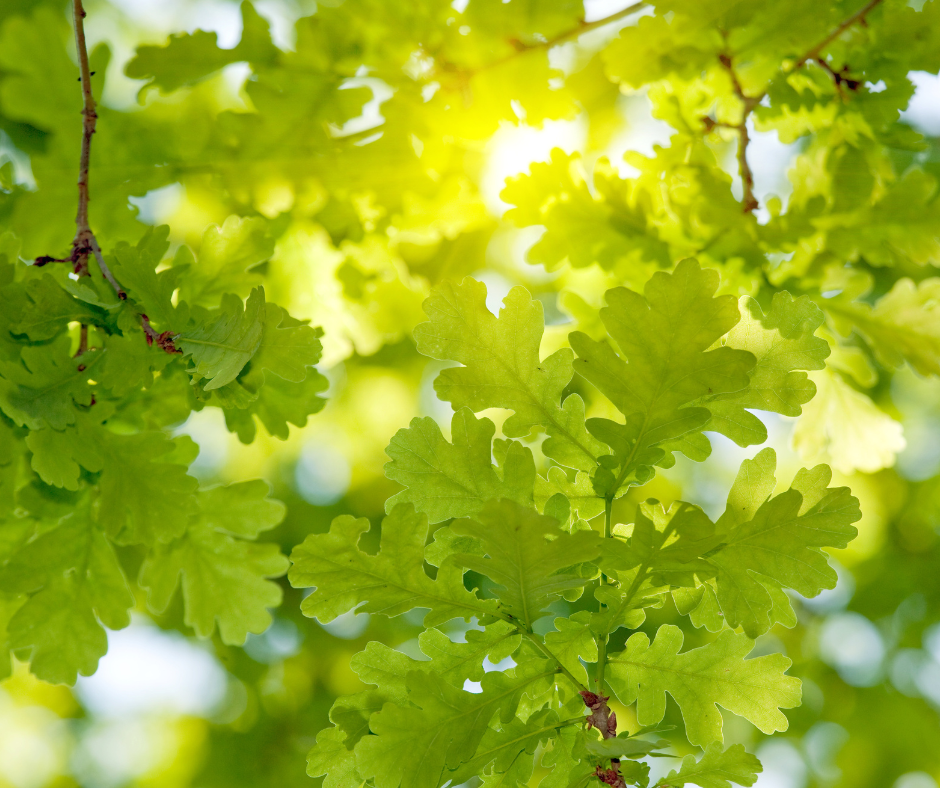
ECHOES THROUGH TIME
Welsh place names are more than markers on a map. They serve as windows into the soul of the country, revealing layers of history, geography, and identity, and telling the stories of a people and their landscape across the centuries.
They are incantations cast in the crucible of language, forged in fire and tempered by time, running as bright, incandescent threads through the long and tangled weave of memory.
Whenever we speak these names, the land listens – and remembers.
